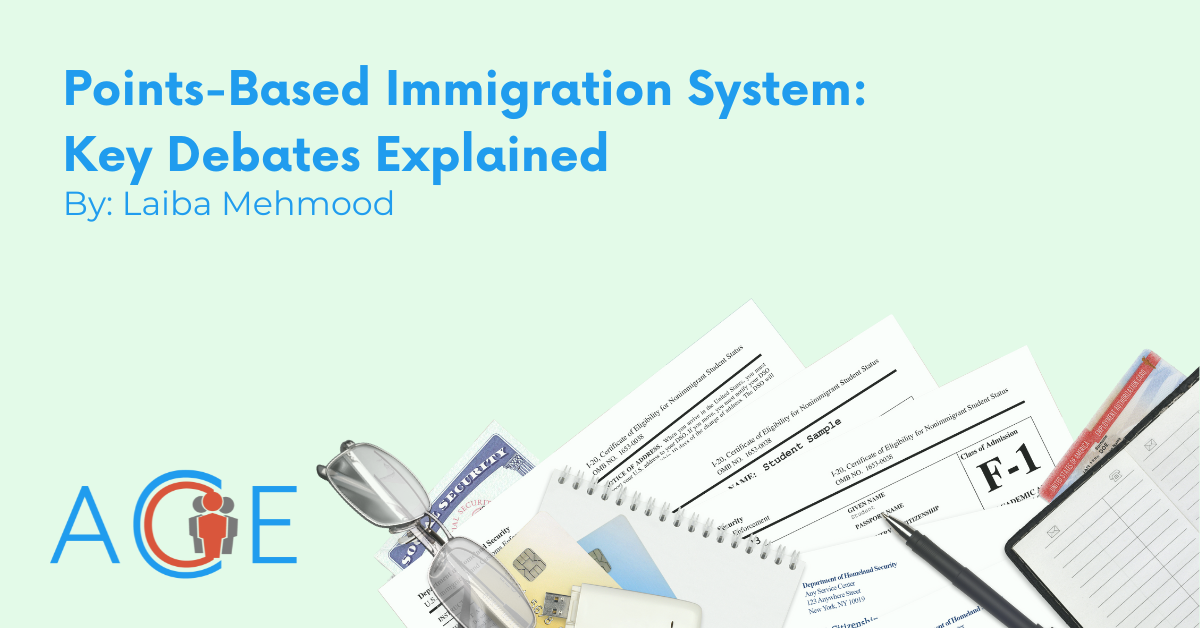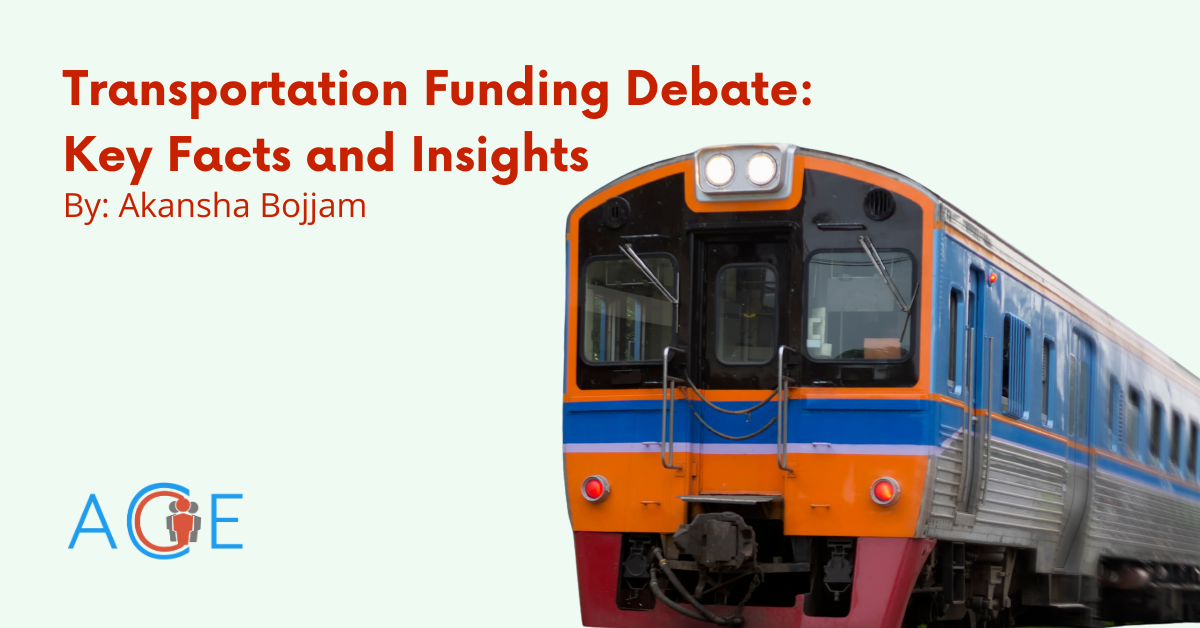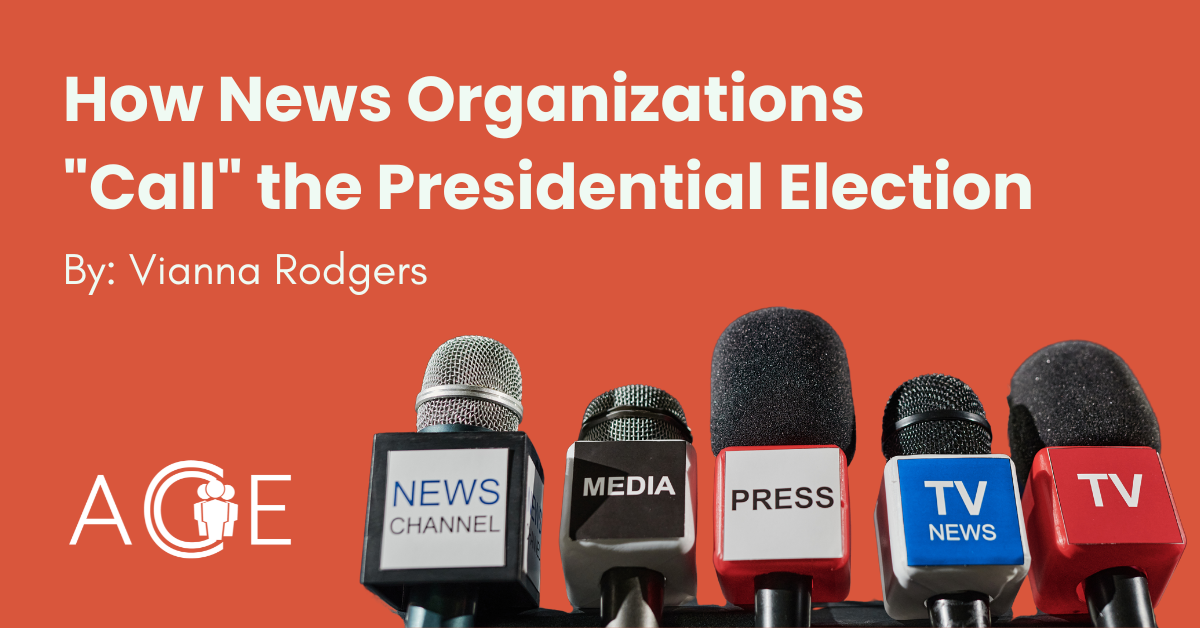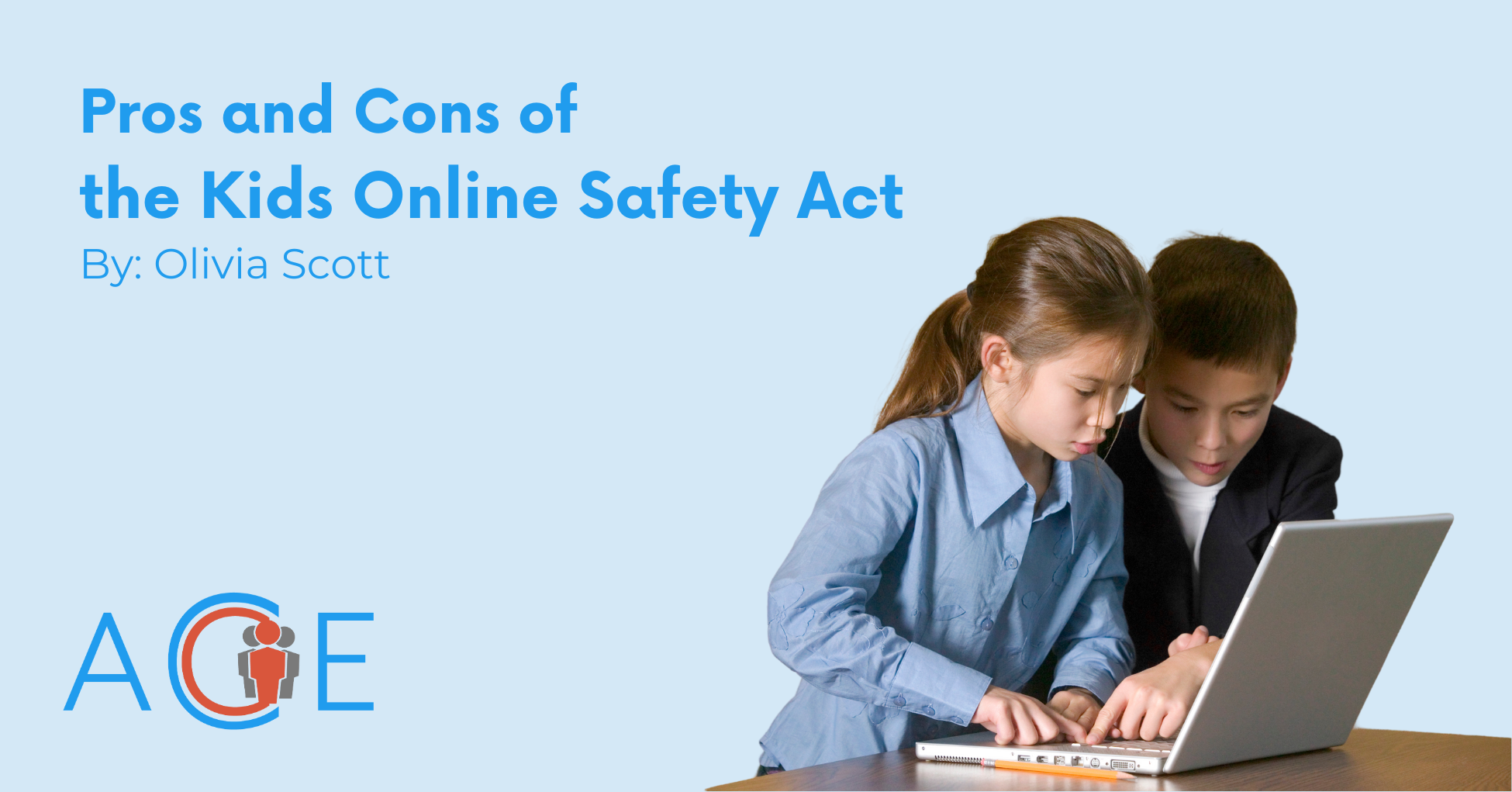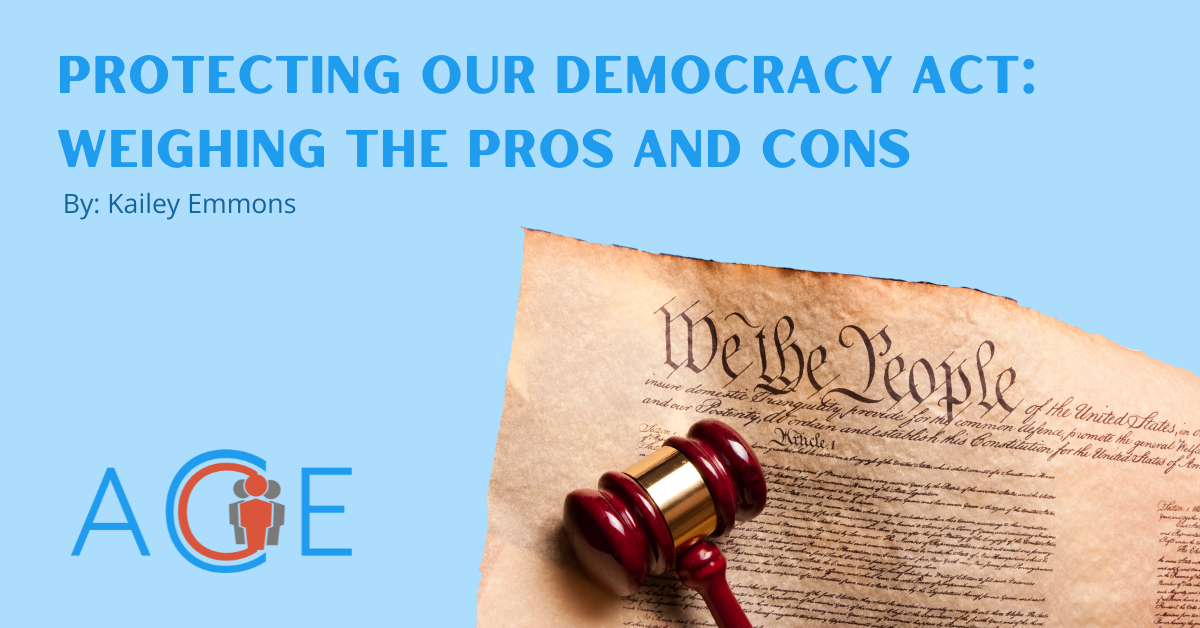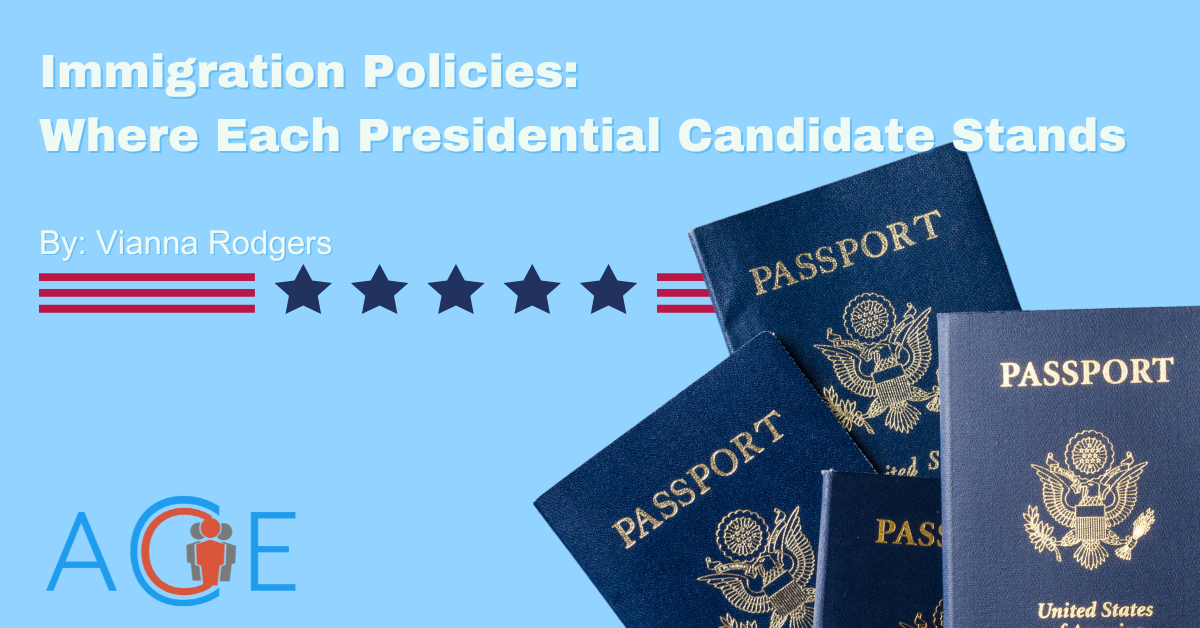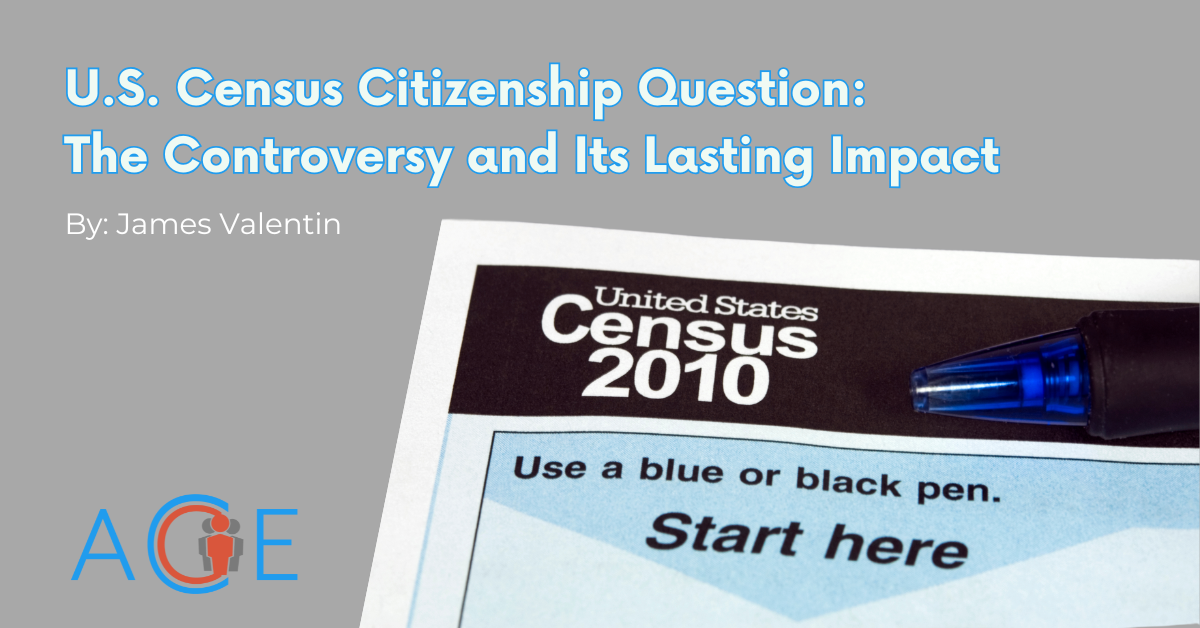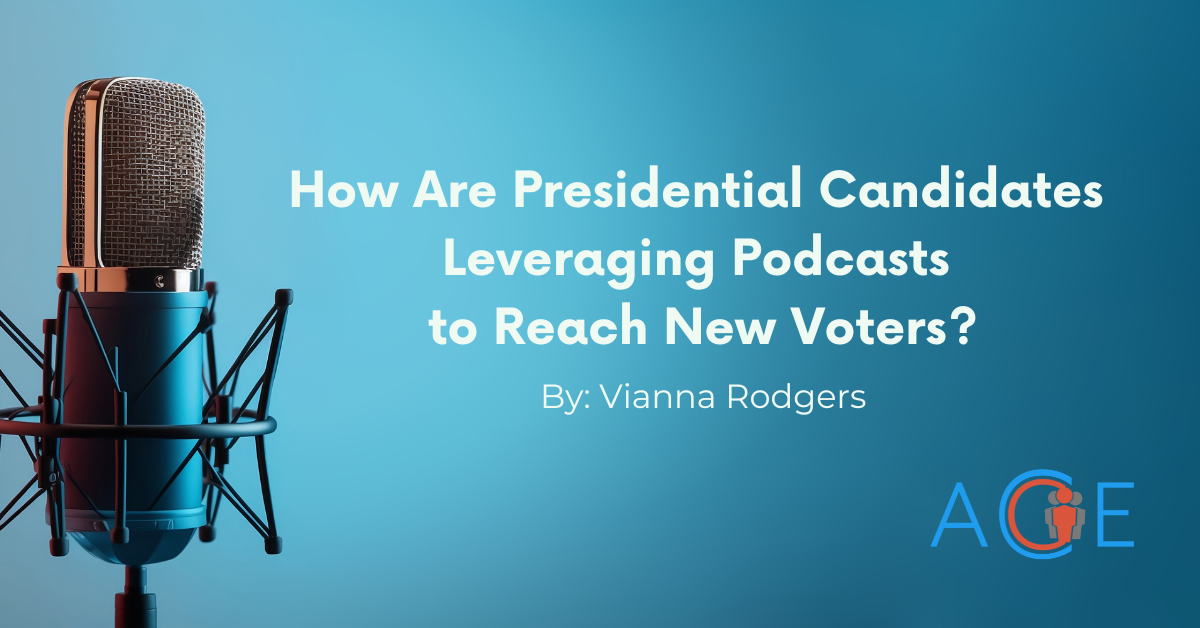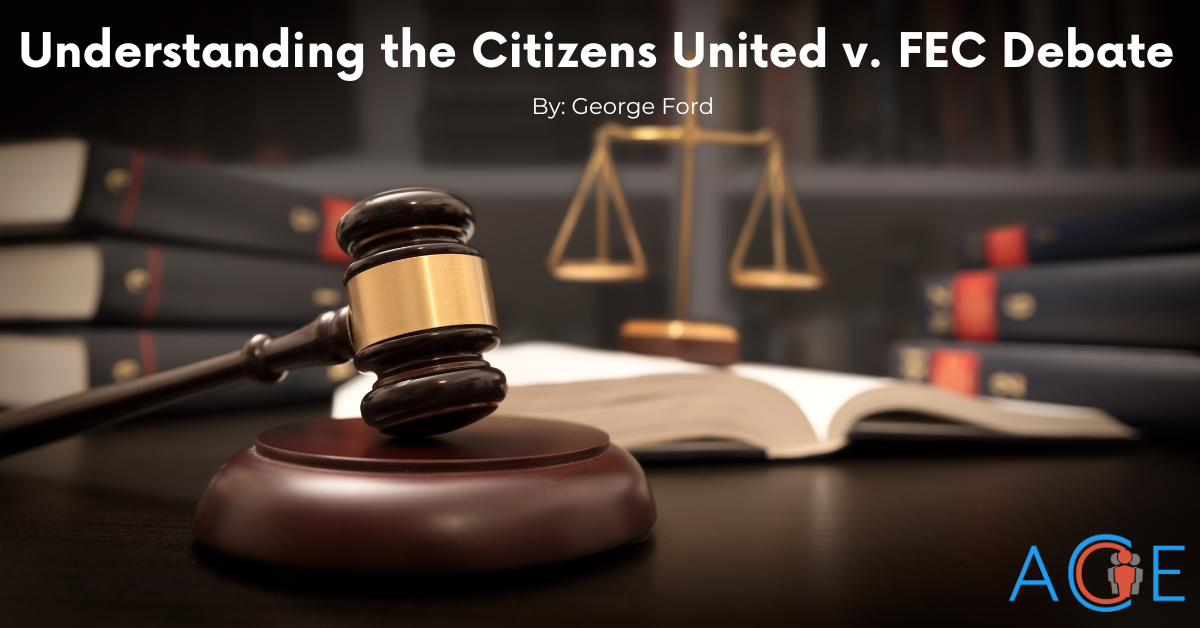Introduction
In recent years, the idea of a merit-based immigration system has gained traction in the United States. Unlike the more familiar family reunification approach to immigration, a merit-based system would focus on ranking immigrants’ skills, qualifications, and potential contributions to the nation. One model of this approach, a points-based system, assigns candidates scores based on factors like education, work experience, and language skills. The higher the score, the better the chance of an immigrant’s admission.
Countries like Canada, the United Kingdom, and Australia currently use points-based systems. In the United States, the RAISE Act of 2017 proposed adopting a similar model by reducing family-based admissions in favor of skills-based rankings. The bill did not pass; however, its introduction highlighted a shift in thinking about immigration reform. The debate around merit-based systems persists today. Supporters of a merit-based system say it will strengthen the economy, but critics argue it could distance the U.S. from its long-held values of offering refuge and opportunity to those in need. The tension between economic benefits and social ideals sits at the heart of the ongoing debate about the future of American immigration policy.
Arguments in Favor of Points-Based Systems
Proponents of a merit-based immigration system argue that the policy prioritizes skilled workers who can positively contribute to the economy. They claim that by focusing on applicants with valuable assets, the United States could address labor shortages in critical sectors and select individuals whose skills match its needs. Proponents emphasize that this ability to fill economic gaps will enhance the nation’s innovation and competitiveness on a global scale by reducing dependence on foreign supply chains and prioritizing the hiring of documented American workers. They add that merit-based immigration could more effectively diversify the professional workforce than family-based policies, since prioritized applicants will be of appropriate age and skill level to enter certain vocations.
Additionally, proponents argue that a merit-based system will speed up the U.S. immigration process. Proponents point to the fact that when Canada, Australia, and New Zealand shifted to points-based systems, they did not have to expand their immigration departments because the system was less resource-intensive. The new points-based systems elicited a decrease in family-based visa applications, requiring less government personnel and time expenditures on screenings and interviews. Supporters add that the ranking component of points-based systems discourages unqualified applicants from submitting applications in the first place. They say this allows the government to cut down the time required to screen applications and invest that saved time in supporting new immigrants once they arrive.
Supporters also contend that a merit-based system would be more just than family-based immigration because it rewards individual achievements rather than personal connections. They argue that merit-based systems create a more transparent and objective process in which immigrants are chosen based on their potential contributions to society.
Finally, supporters argue that merit-based systems are more adaptable and flexible than family-based systems because point categories can change based on the country’s needs. For instance, as industries grow or decline, the criteria for earning points can adjust to attract the necessary talent or skills. This adaptability allows the government to respond quickly to labor shortages and emerging economic sectors, ensuring that immigration policy aligns with national interests.
Arguments Against Points-Based Systems
Opponents of a merit-based immigration system raise concerns about discrimination and inequity. They argue that points-based systems favor immigrants from wealthier regions with access to higher education and professional development opportunities. Donald Trump’s 2024 presidential campaign proposed several measures for a merit-based immigration framework, one of which involved ideological screening as a step in issuing green cards. Critics criticized this step in the ranking process, saying it will discriminate against immigrants with diverse political beliefs.
Another primary concern with merit-based systems is that they overlook essential workers in the agriculture, construction, and service industries. These fields rely on a continuous supply of laborers who may not meet the high educational requirements typically emphasized in merit-based frameworks. Critics hold that by focusing solely on highly-educated immigrants, a merit-based system could create labor shortages in these critical sectors of the American economy, disrupting production and creating economic bottlenecks. For example, in the agriculture sector, labor shortages directly impact food supply and prices, with ripple effects down to consumers. Similarly, the construction industry relies heavily on manual labor, and could face slowed project completion rates and increased labor costs if faced with a shortage in workers.
Opponents also argue that the merit-based system’s emphasis on skills undermines family reunification, a core principle of American immigration policy. For many, the ability to bring family members together reflects the fundamental value that family units contribute to resilient communities. Families provide social and economic stability, help preserve cultural traditions, and contribute to the well-being of society. However, a points-based system makes it more difficult for families to stay together or reunite quickly, since not all family members may meet the skill criteria.
Finally, critics hold that merit-based systems do not adequately address the needs of refugees or asylum seekers. These categories of immigrants may not meet educational requirements, but require immediate protection from persecution, violence, or conflict. Opponents hold that denying entry to a person fleeing a dangerous environment on the basis of education or skills is deeply unethical.
Additionally, opponents disagree with the notion that the American immigration system must choose between increasing economic value and tending to humanitarian needs. They point to research that shows that refugees stimulate their host country’s economy by creating jobs, contributing tax revenue, and driving consumer spending. They emphasize that refugees often fill crucial roles in the healthcare, manufacturing, agriculture, and education sectors, where labor gaps are common. In 2019, 13% of refugees in the U.S. identified as entrepreneurs and collectively generated $5.1 billion in business income. Critics of points-based systems argue that refugees and asylum seekers also broaden the cultural landscape of society by introducing diverse perspectives, skills, and cultural practices. They contend that limiting their entry disregards ethical imperatives and the long-term benefits of their presence in the U.S.
Conclusion
The debate over whether the United States should adopt a merit-based immigration system raises critical questions about the country’s core values and future economic priorities. While proponents argue that points-based systems offer economic benefits by attracting skilled workers and decreasing processing times, critics warn that they risk widening global inequalities and eroding the humanitarian principles central to American immigration policy. This tension will continue to shape the ongoing debate over the future of American immigration policy.
